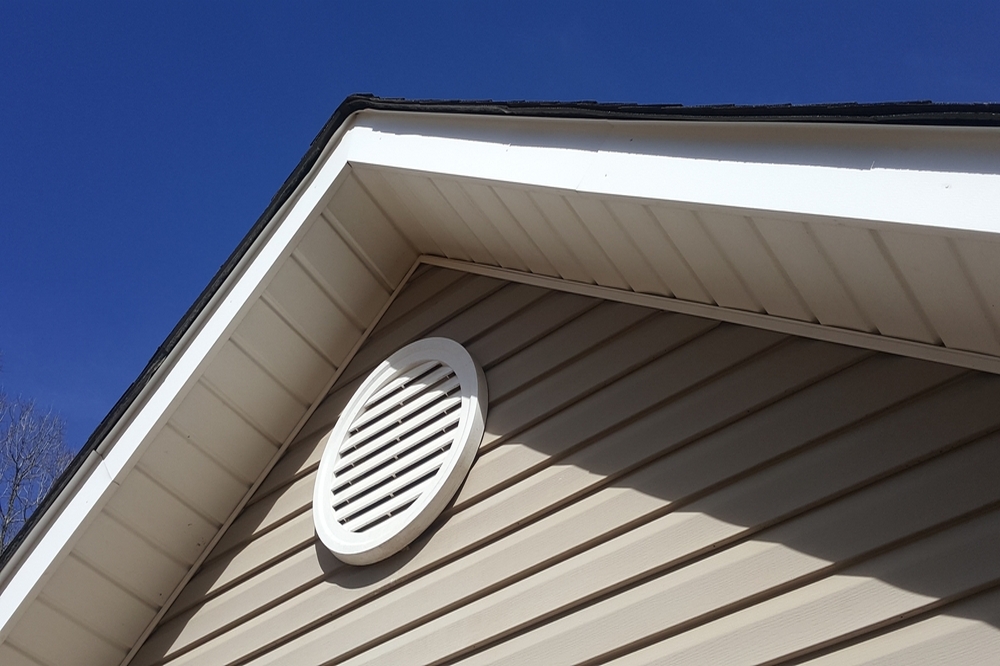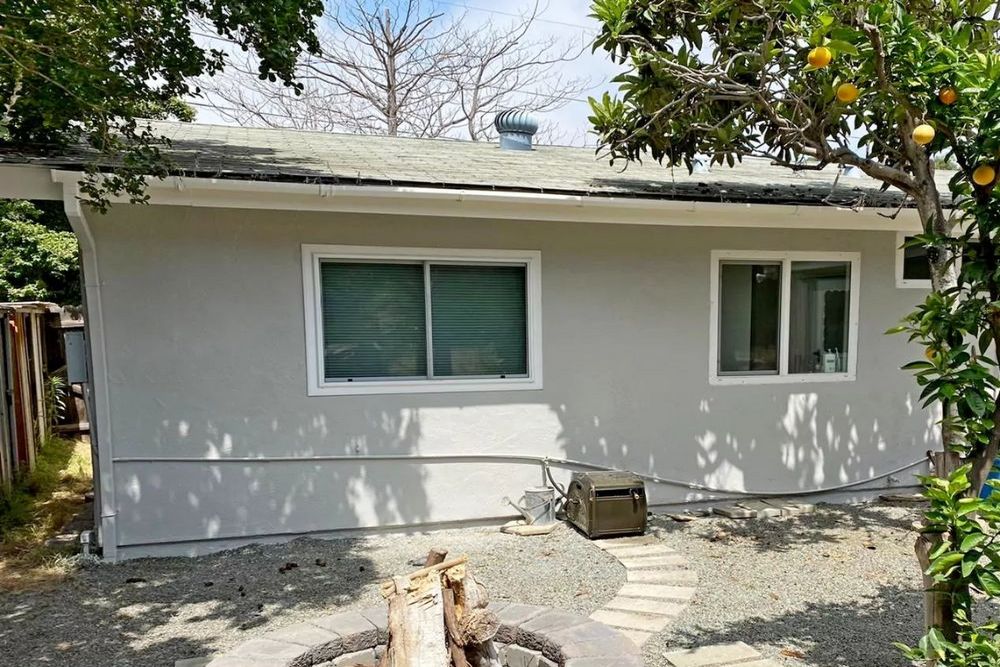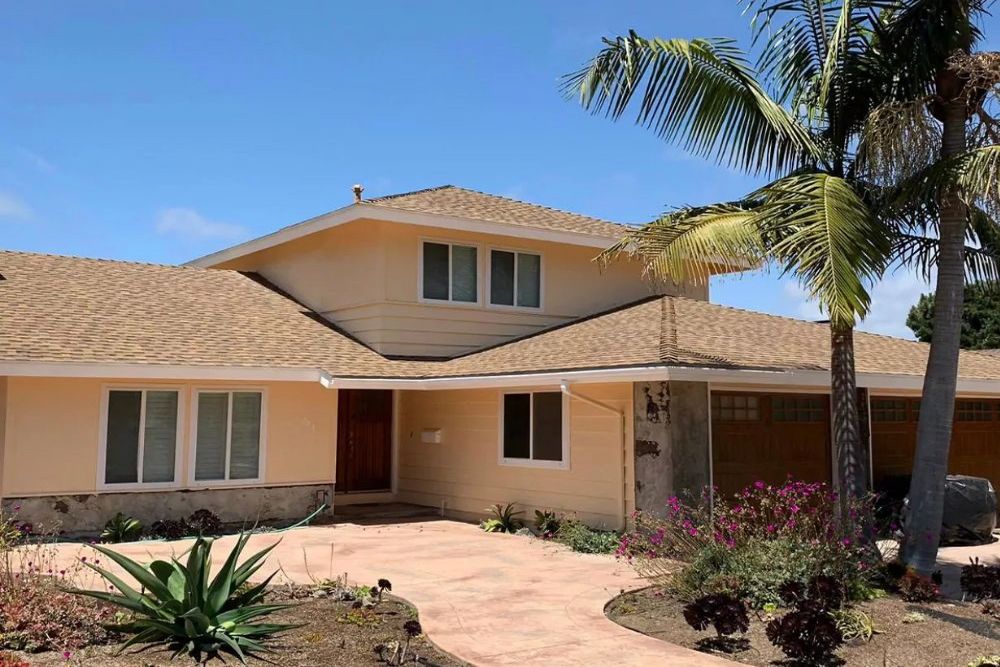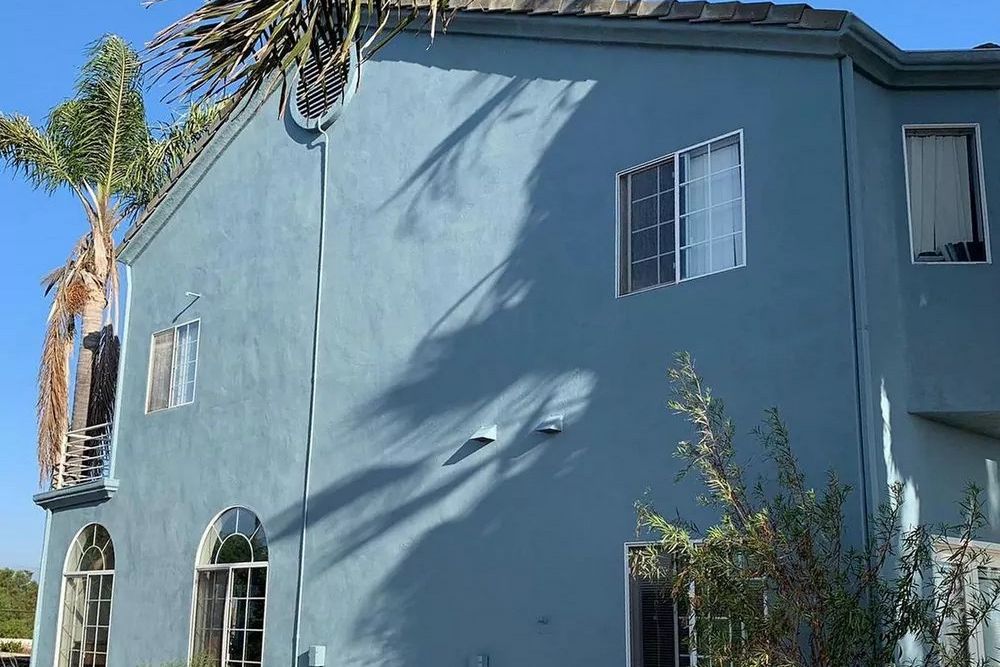
BBB Accredited Business.
A+ Rating
100% Financing,
No Money Down Get
Prequalified In Minutes
Over 19 Years Of Experience
Licensed , Bonded Insured
Thousands of customers all
over Southern California
What is the Best Attic Ventilation System?
Roofing ventilation helps control temperatures in the attic or eave spaces, but what’s the best option?
Proper ventilation plays an important role in prolonging the life of your roof. During winter, attic ventilation is needed to prevent ice dams from forming, and during the hot summer months, ventilation helps to remove hot air which reduces mold growth and protects the shingles from excessive heat.
Ridge Vents and Turbines
This leads us to the topic of what choices do homeowners have when they discuss ventilation options with their roofing contractor. Genesis Home Improvements has been replacing roofs in San Diego for almost 20 years. We have put together a side by side comparison about Ridge Vents and Turbines.
Turbines:
A turbine system is installed directly on the top of a roof and uses wind power to suck hot and humid air out of the attic. A turbine has a series of vanes that spin as wind passes through them. They are less costly dues to the fact that only a few shingles need to be removed and an appropriately sized hole is then drilled through the roof.
Turbines do cause more air movement than ridge vents and this is due to their moving vanes. However if you do not live somewhere that has winds or are sheltered from them this system may not work as effectively when the weather gets very hot during the Summer season.
Ridge Vents
A ridge vent runs across the top of the roof’s peak. Unlike turbines, this venting style does not have any moving parts. A ridge vent is similar to a screen and allows heat to escape up and out of the attic.
Ridge vent systems normally run the full length of the roof. For this system to be installed on an existing roof, the entire peak must be cut away, which can make the installation more expensive than installing a turbine. They cannot be installed on a flat roof or one with a pitch of less than 212 degrees.
A ridge vent is a passive system and offers less air movement, and in moderate climates this style tends to be sufficient. In more extreme climates, one or more turbines will provide better circulation. For optimal performance, ridge vents require soffit venting to bring air up and out the top of the roof. Roof ridge vents help to release moisture from homes, which is especially useful during the winter when moisture has a greater impact. Ventilation With the help of wind, a ventilation system is created in the attic with a roof ridge vent. As wind passes over the roof ridge vent, it draws air out of the attic.
The problem with traditional roofing is that once the outside air goes into the attic, it has no way to escape. Roof ridge-vent allows the outside air that enters to escape out the top of the roof, preventing damage–such as premature aging and cracking–to the attic and roof. With the help of wind, a ventilation system is created in the attic with a roof ridge vent. As wind passes over the roof ridge vent, it draws air out of the attic. Fresh air is then drawn into the underside of the vent, creating a circulation system of fresh air.
Moisture can be released from many activities that are performed within homes, including running a washer, using a dishwasher or taking a shower. Moisture is one of the leading causes of damage to rafters, shingles, walls, and insulation within homes. Roof ridge vents help to release moisture from homes, which is especially useful during the winter when moisture has a greater impact.
Most homeowners prefer the look of roof ridge vents–which are sleek and blend in well with the other shingles–to other forms of ventilation systems, which often consist of large fans, turbines and vents.
Other Systems Another benefit of roof ridge ventilation systems is that they are effective without being used in combination with other systems. Other types of ventilation systems, such as fans and powered ventilators, can even have an adverse effect when used with roof ridge vents because of airflow issues.
It is very important that’s your roof and roof system is installed correctly by a licensed roofing contractor. A roofing contractor can also help you determine the best type of attic ventilation for your home.




